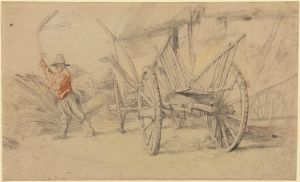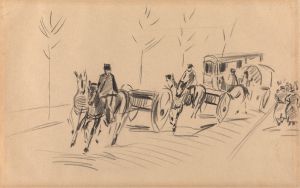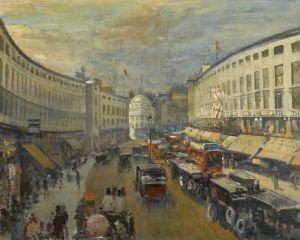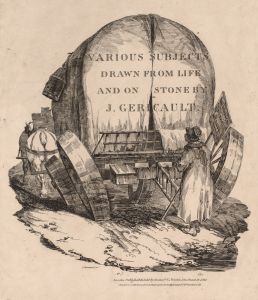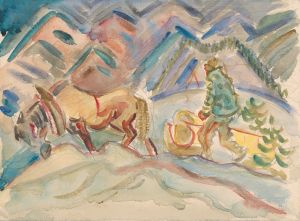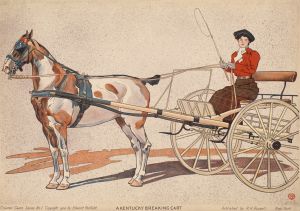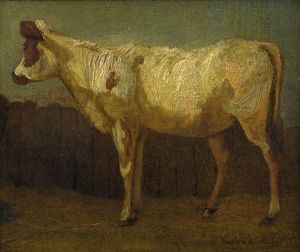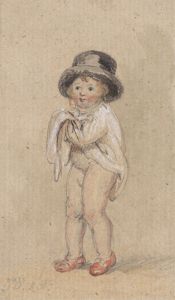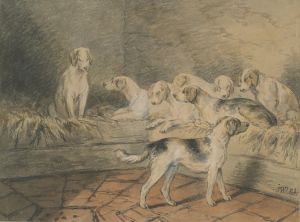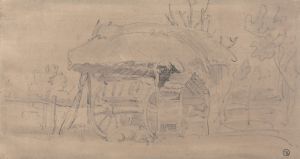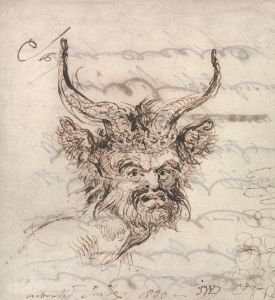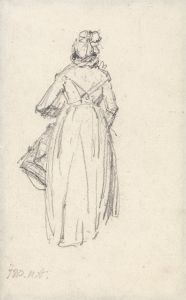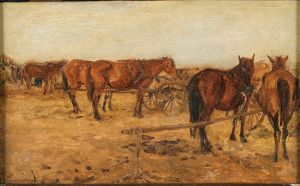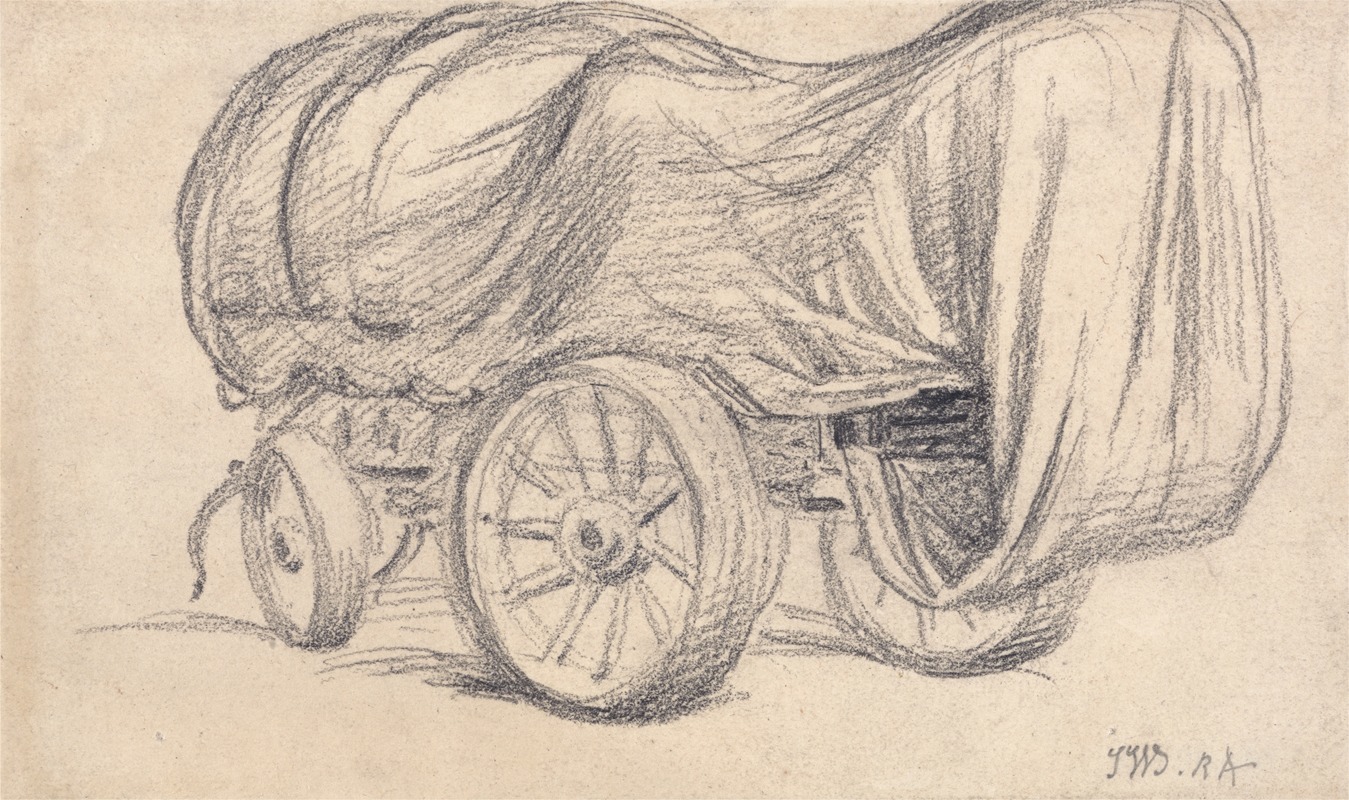
A Broad-Wheeled Road Waggon
A hand-painted replica of James Ward’s masterpiece A Broad-Wheeled Road Waggon, meticulously crafted by professional artists to capture the true essence of the original. Each piece is created with museum-quality canvas and rare mineral pigments, carefully painted by experienced artists with delicate brushstrokes and rich, layered colors to perfectly recreate the texture of the original artwork. Unlike machine-printed reproductions, this hand-painted version brings the painting to life, infused with the artist’s emotions and skill in every stroke. Whether for personal collection or home decoration, it instantly elevates the artistic atmosphere of any space.
James Ward's painting A Broad-Wheeled Road Waggon is a notable work by the English artist, who was renowned for his contributions to Romanticism and his detailed depictions of rural life and landscapes. Created in 1811, this oil painting exemplifies Ward's ability to capture the essence of the English countryside during the early 19th century. The artwork is celebrated for its meticulous attention to detail and its evocative portrayal of a common rural scene of the time.
The painting depicts a large, broad-wheeled wagon, a type of heavy-duty vehicle commonly used for transporting goods and agricultural produce in rural England. The wagon is drawn by a team of horses, which Ward rendered with remarkable anatomical precision, showcasing his skill as an animal painter. The scene is set against a backdrop of rolling hills and an expansive sky, elements that highlight Ward's talent for landscape painting and his sensitivity to the natural environment.
Ward's work often reflected his interest in the lives of rural laborers and the working animals that were integral to agricultural life. A Broad-Wheeled Road Waggon is no exception, as it captures the relationship between humans, animals, and the land in a period when agriculture was a dominant force in the economy and culture of England. The painting also serves as a historical document, offering insight into the tools and technologies of the time, such as the design of the wagon and the harnessing of the horses.
James Ward was an associate of the Royal Academy and gained recognition for his ability to blend technical skill with emotional depth in his works. His paintings often carried a sense of grandeur and drama, even when depicting seemingly mundane subjects. A Broad-Wheeled Road Waggon is a testament to his mastery of composition, light, and texture, as well as his dedication to portraying the realities of rural life with dignity and respect.
Today, A Broad-Wheeled Road Waggon is held in the collection of the Tate Gallery in London, where it continues to be appreciated for its artistic and historical significance. The painting remains an important example of early 19th-century British art and a reflection of the Romantic movement's fascination with nature and rural existence.





